How to Get the Best Sound Quality: Review of 7 Microphone Choices
Tech Tips
Posted by: Matt Deuel 2 years ago
When most people think about filmmaking and video production, they often just think about the cameras and the lights. But there’s a whole hidden world that you need to think about, too…sound!
Sound is just as critical as what people see on screen (and if it’s a podcast, well, it’s pretty darn important!). Sound quality can make or break the experience for your viewers or listeners! Why? Because the sound sets the tone and the emotion of what you’re trying to communicate.
Whether you’re recording a podcast, capturing a documentary or film, posting cat videos on TikTok, or trying to get the best sound for your YouTube channel, you will need the right microphone for the job.
If you’re just starting out, or even if you’ve been recording for a long time, it can be hard to decipher which microphone is best for your context. What if you’ve been using the wrong type of microphone this whole time?! We’ve got your back!
In this video, our very own lead editor and production manager here at DreamOn Studios, Mike Deuel, talks through the seven types of microphones, the differences between them, and when and where to use them.
How are Microphones Categorized?
Microphones are categorized by their polarity or the pattern in which they capture sound. This means that microphones are either one-directional, bi-directional, or omnidirectional; it comes down to how sensitive they are to the sounds coming from directly in front, behind, or all around them.
Depending on what you want to record, you’ll want to choose the microphone that best suits the direction of sound you’re trying to capture.
Below is a list of seven different types of microphones to choose from for your various needs. Let’s dive in!
7 Types of Microphones for Various Recording Needs
Cardioid Microphones
Cardioid microphones are the most common directional polar pattern microphones with the highest sensitivity coming in from directly in front of the microphone capsule, with practically no sensitivity coming in from behind, and a reduced sensitivity to sound coming in from the sides.
These types of microphones are the most common, whereas the other microphones below are used in unique situations.
Cardioid microphones are best used on sets for things like documentaries or interviews because they give you the ability to direct where you pick up the sound and eliminate surrounding sound.
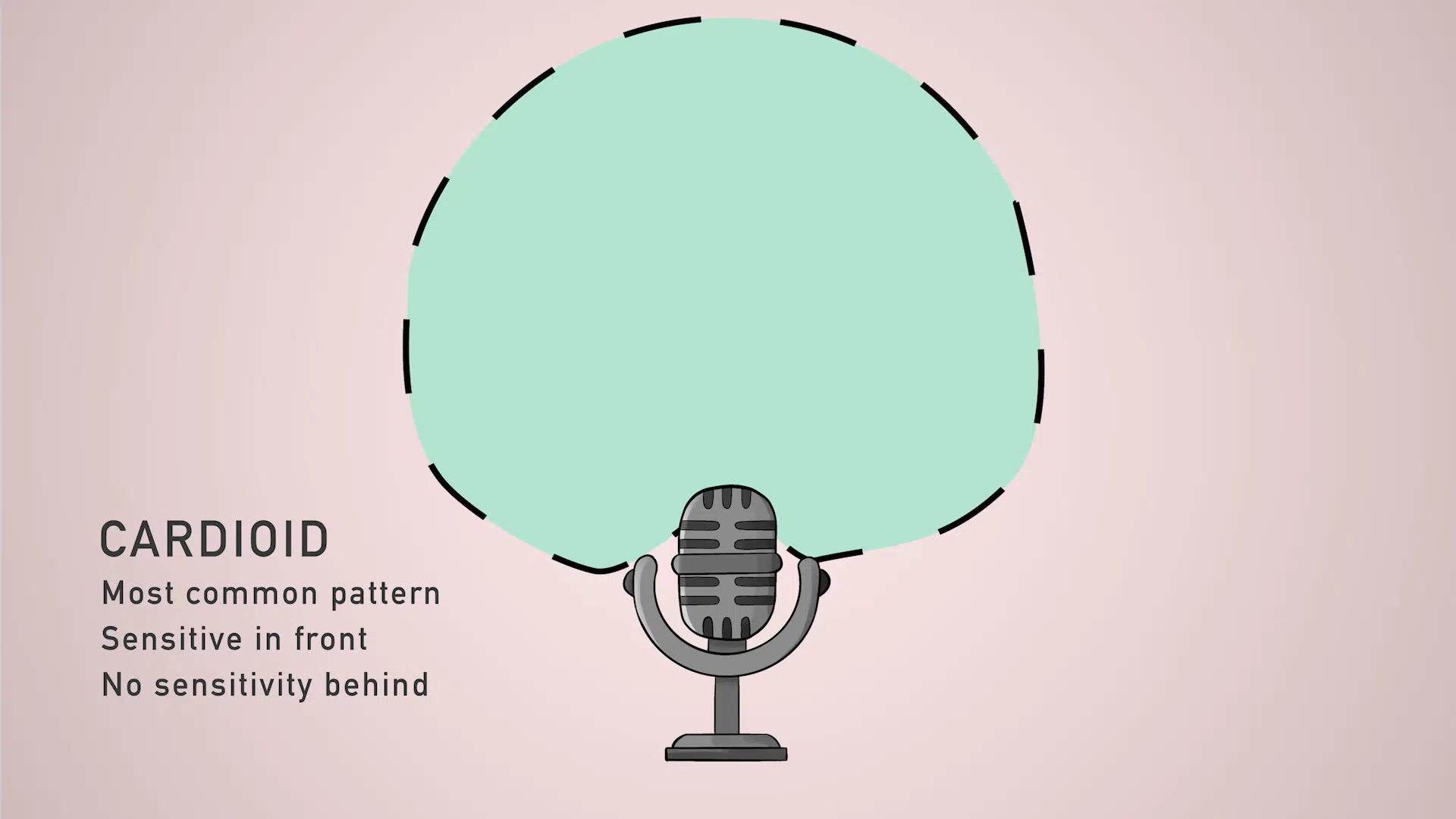
Bi-Directional Microphones
Bi-Directional microphones are sometimes called a figure of eight. It’s equally sensitive to sound coming from the front and behind and least sensitive to sound coming from the sides.
These types of microphones are harder to control than cardioid microphones.
However, many people find them useful for recording podcasts, especially when you have someone sitting across from you, and you’re only using one microphone.
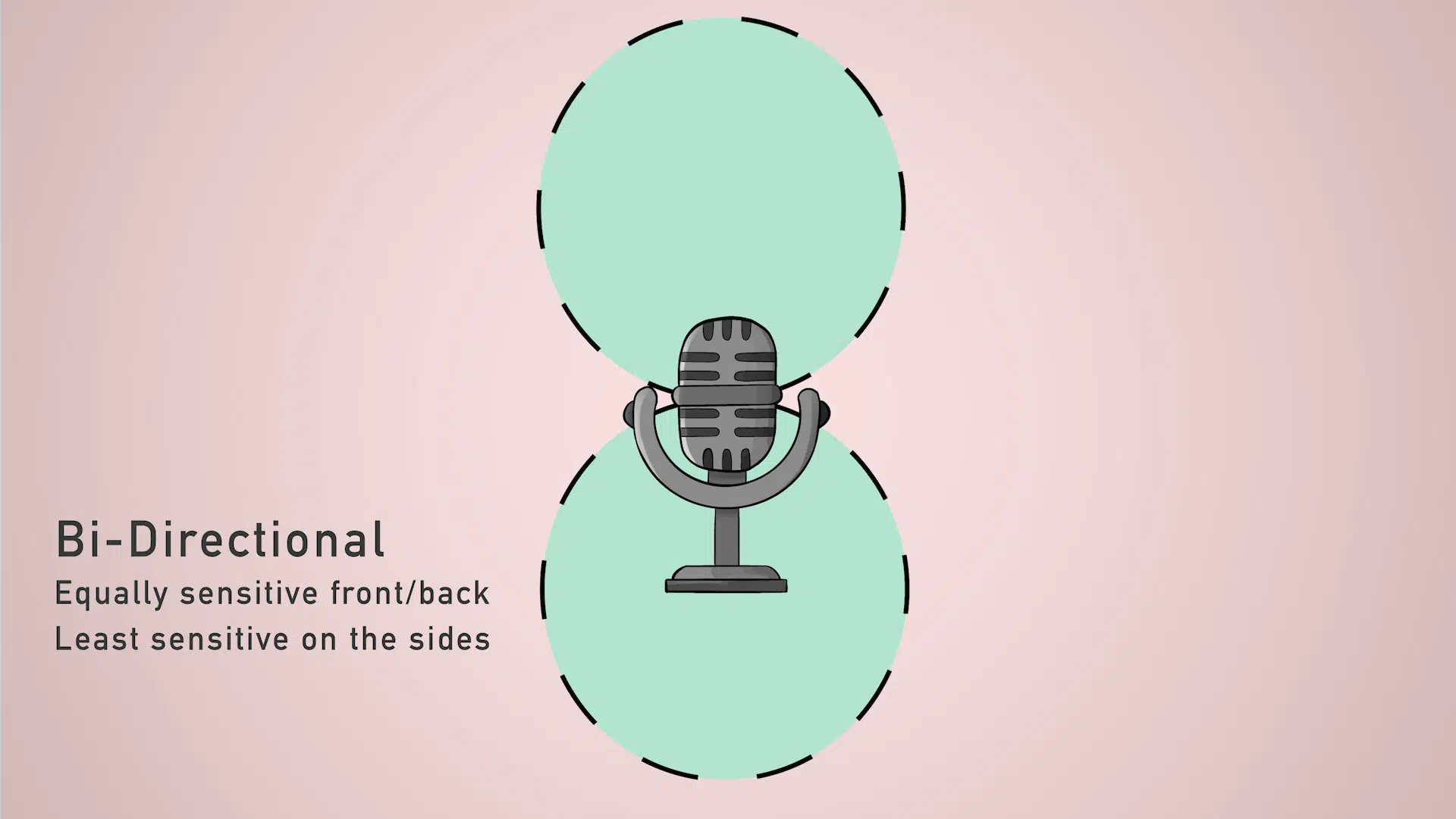
Omnidirectional Microphones
Omnidirectional microphones pick up sound in a 360-degree radius. It is equally sensitive to sound from all angles.
Omnidirectional microphones are best used in situations where you want to pick up audio from everything in all directions but are really only recommended for controlled spaces.
For example, if you need to hear everyone speaking in a meeting or sitting around a table, an omnidirectional microphone would be used.
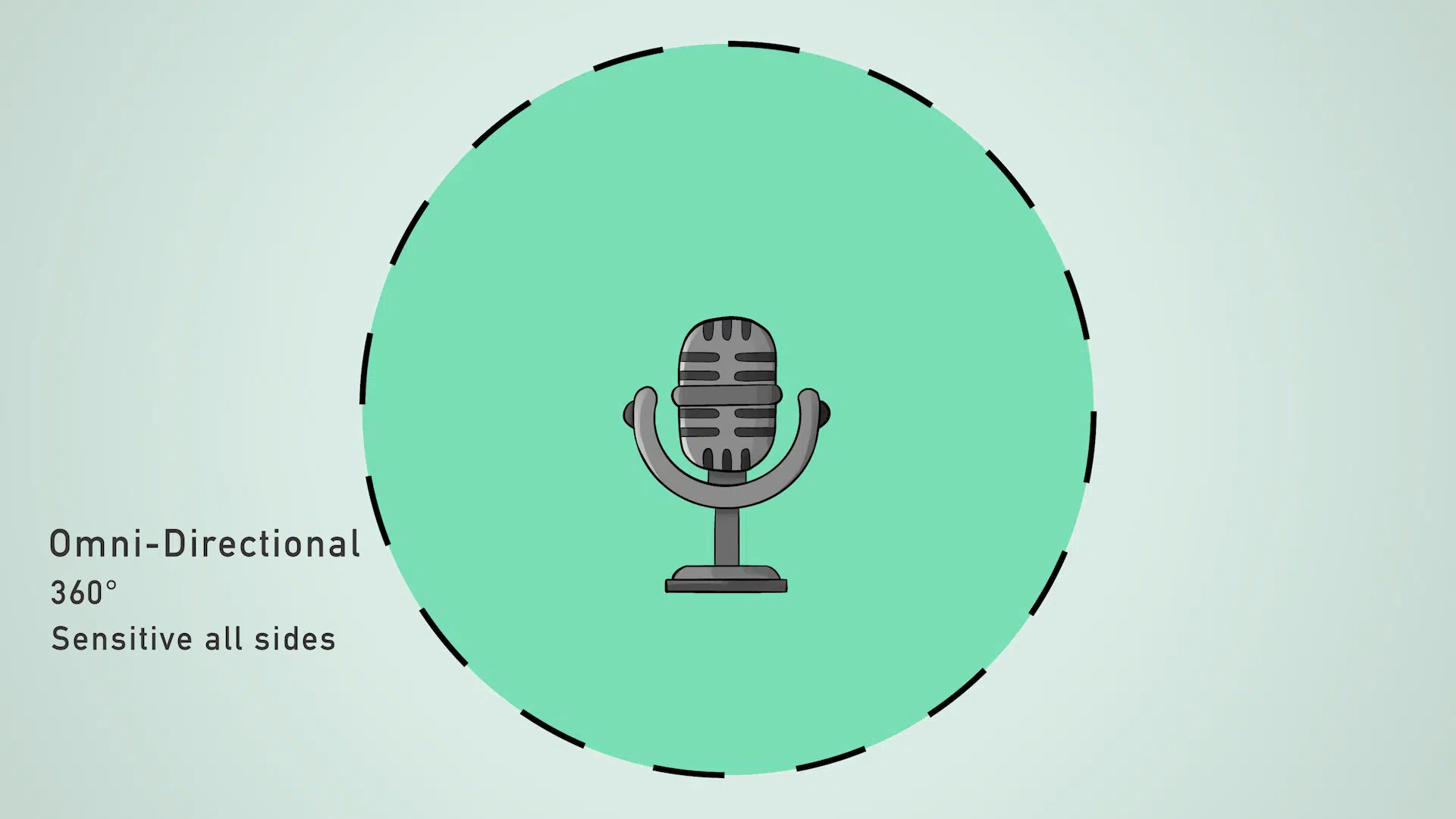
Shotgun Microphones
Shotgun microphones are super cardioid condenser microphones that look like long wands and are most often used outside to capture interviews, sporting events, or on sound stages (like the one we have here at DreamOn Studios). The mic we use is the Schoeps SSFT SET CMIT 5U.
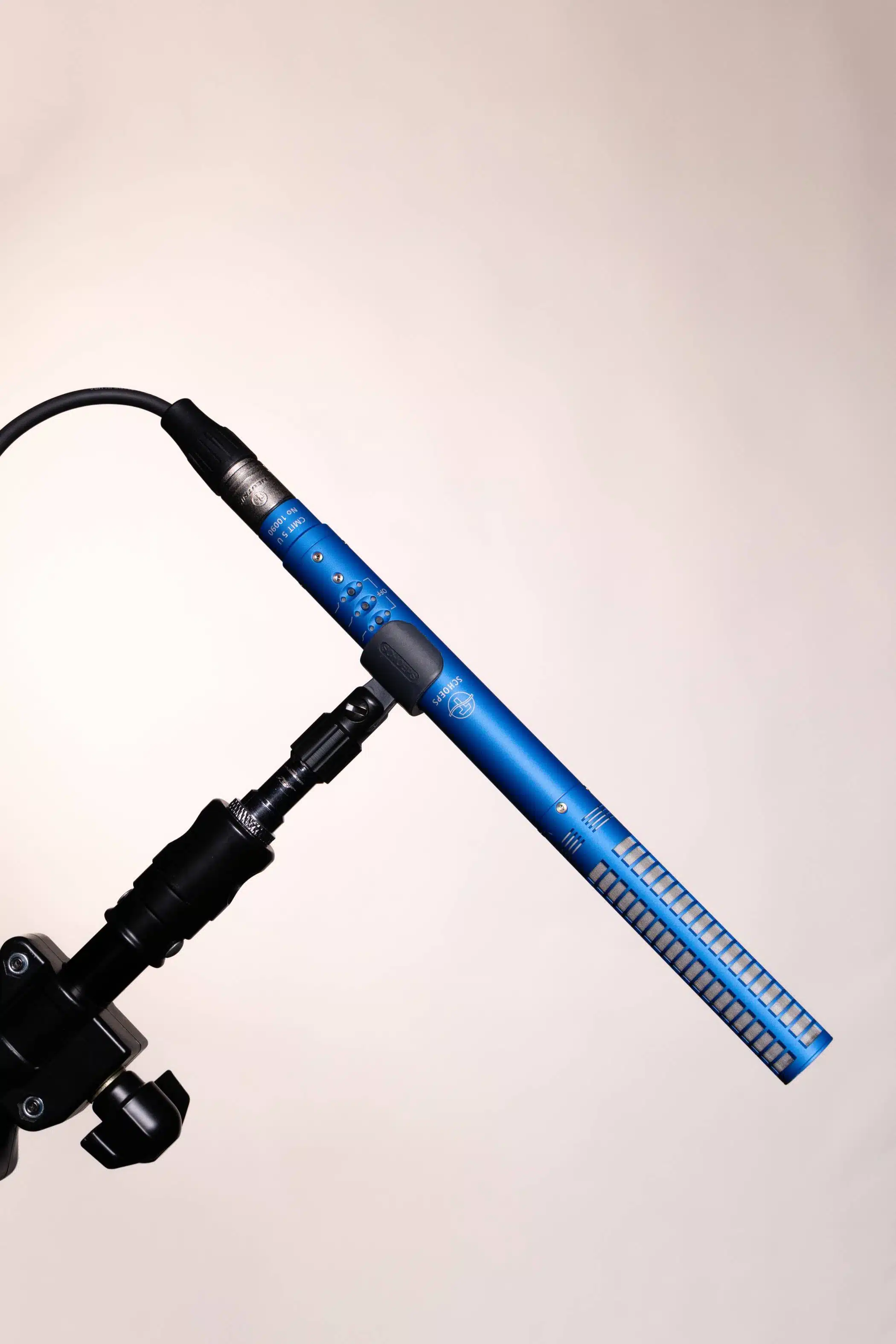
Miniature Portable Microphones
Miniature portable microphones, like the locolo microphone, are just for fun in our setting. However, priced at less than $5, this tiny mic packs quite a punch, and it’s fun to see on camera.
If you purchase them, we’d recommend the five-pack because all of your friends will want one!
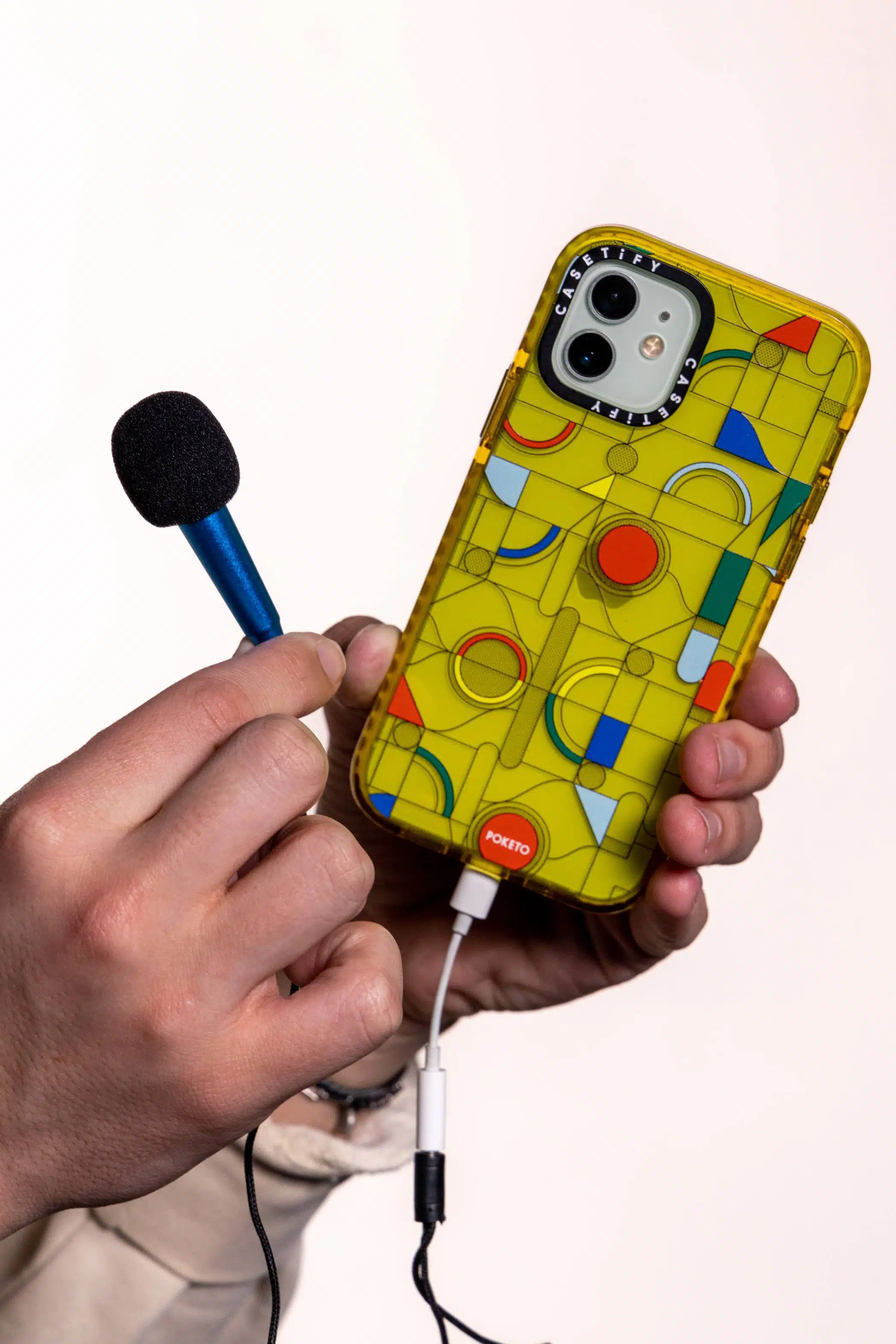
Podcast or Voice-Over Microphones
There is a broad range of microphones for this category. They range quite a bit in price and sound quality.
In the video, you see Mike using our Shure SM7B. We also utilize the Electro-Voice RE320. Both mics are not terribly expensive but deliver excellent sound.
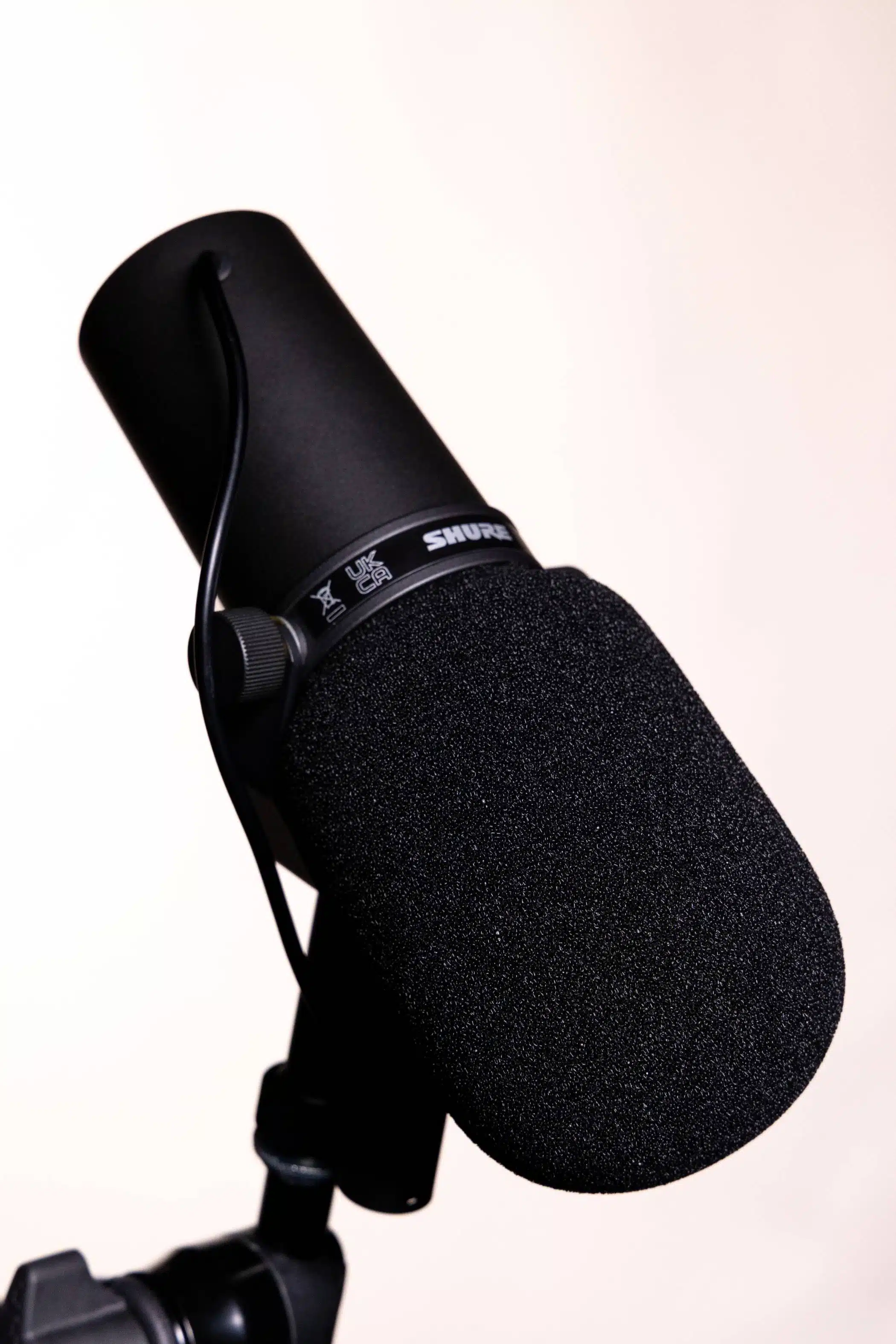
Lavalier Microphones
Lavalier microphones are often called a “lav” for short. They are small, clip-on, omnidirectional microphones that pick up anything around them, including anything in the room or traffic if you’re outside.
This style of microphone is good for interview settings and for communicators speaking live from a stage.
In the video, Mike uses the Sennheiser G4 wireless kit with a Countryman microphone.
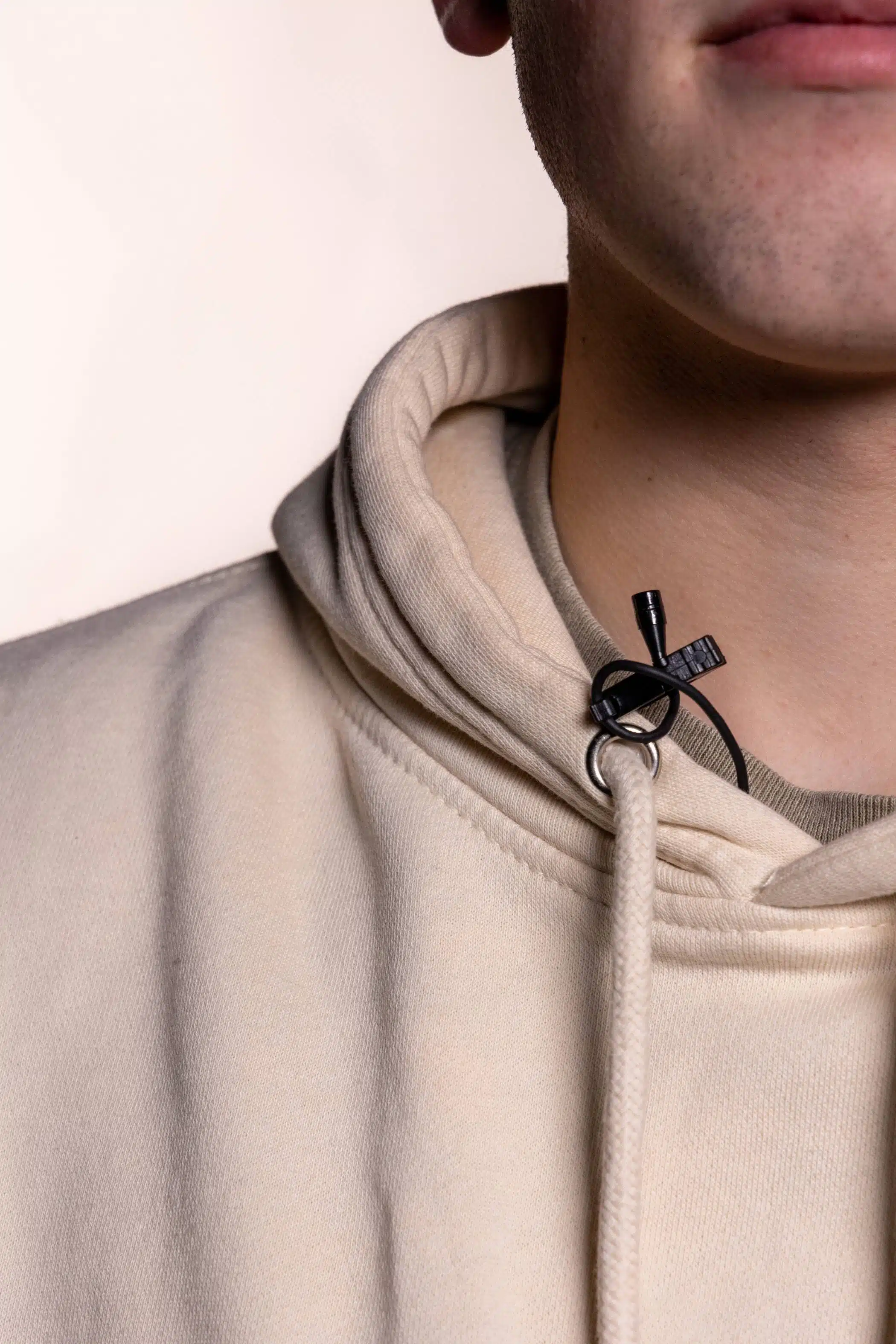
Microphone Type Breakdown
In summary, here’s a breakdown of the seven different types of microphones you can use for your next film, video, broadcast recording, or podcast.
- Cardioid microphones. One-directional microphones with sound sensitivity coming from directly in front.
- Bi-Directional microphones. Sensitive to sound coming from the front and behind.
- Omnidirectional microphones. Pick up sound in a 360-degree radius.
- Shotgun microphones. Used outside to capture sporting events or on sound stages.
- Miniature microphones. Small, portable microphones for when you’re on the go making fun social media videos.
- Podcast or voice-over microphones. These cardioid dynamic microphones deliver amazing sound for focused audio recordings like voice-over work and podcasts.
- Lavalier microphones. Small, clip-on, omnidirectional microphones that pick up anything around them.
DreamOn Studios Can Help With Your Project
What kind of projects are you working on? Consider DreamOn Studios for your recording needs!
We have a world-class studio in the heart of Warsaw, Indiana. You can rent studio space and test out some of the various microphones for yourself! Come see our space yourself, just contact us to set up a tour.
You May Be Interested In:

Is My Video Even Doing Anything? 5 Simple Ways To Find Out
6 months ago by DreamOn Studios

10 Ways to Remix, Repurpose, & Reimagine Your Video
11 months ago by DreamOn Studios

Storyboarding Benefits, Tips & Tricks for Stand Out Videos
1 year ago by DreamOn Studios

7 Video Types: Which is Right for Your Brand and Marketing Strategy?
1 year ago by DreamOn Studios